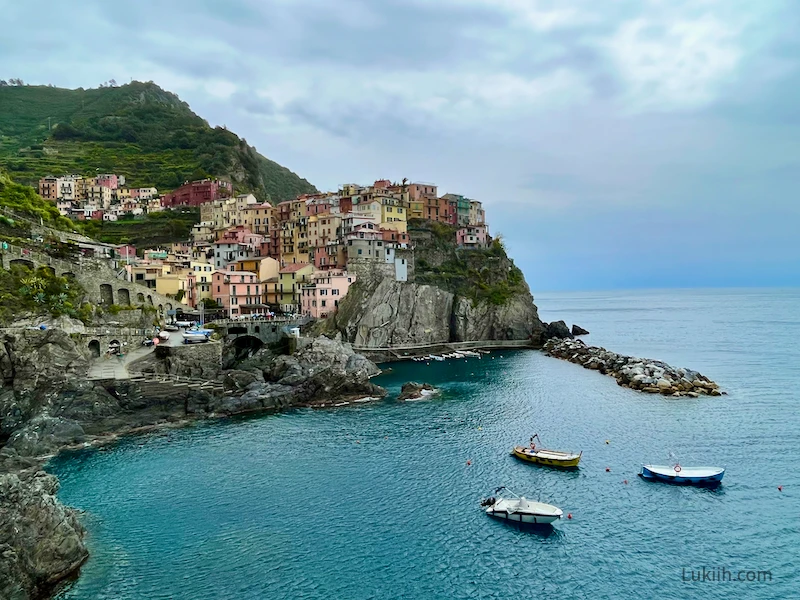Receiving over 60 million tourists in 2024, Italy is a country in Europe known for its historic landmarks, globally celebrated cuisine and beautiful coastal villages. Having spent over 2 weeks in Italy, I share well-researched and firsthand travel tips that are especially useful for first-time visitors.
Lists By Lukiih is readers-supported. When you buy with my affiliate link, I may earn a small commission. Thanks!
📌 Planning
Popular Places l When To Visit l How Long To Visit l Entry Requirements
Popular Places
- Rome – Italy’s largest city with major historical and cultural significance. Its top attractions are the iconic Colosseum, the famous Trevi Fountain, and the well-known Spanish Steps.
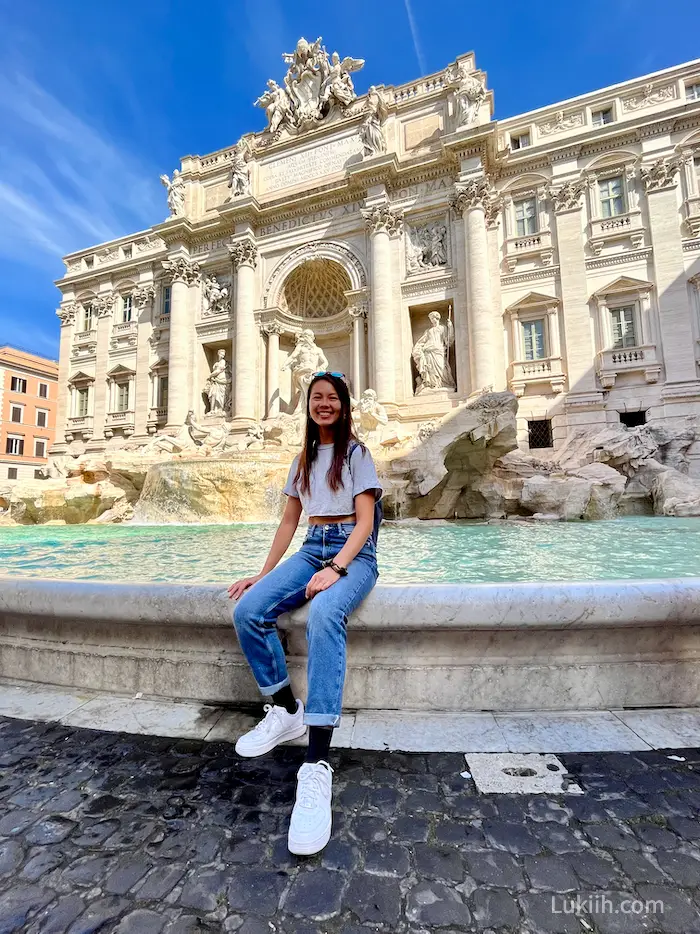
- Venice – a city composed of over 100 small islands and is famous for its intricate network of canals, with the Grand Canal being the most famous. Riding a Venetian gondola through the canal is an iconic activity.
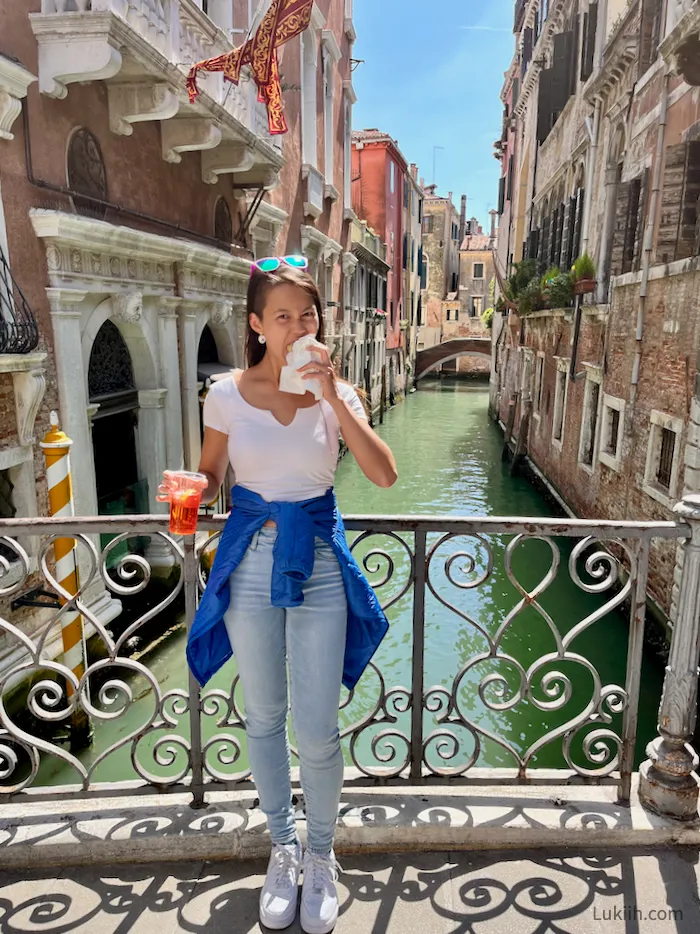
- Florence – a beautiful city known as the birthplace of the Renaissance. Major attractions include the world-famous Uffizi Gallery and the architectural marvel, Duomo di Firenze.
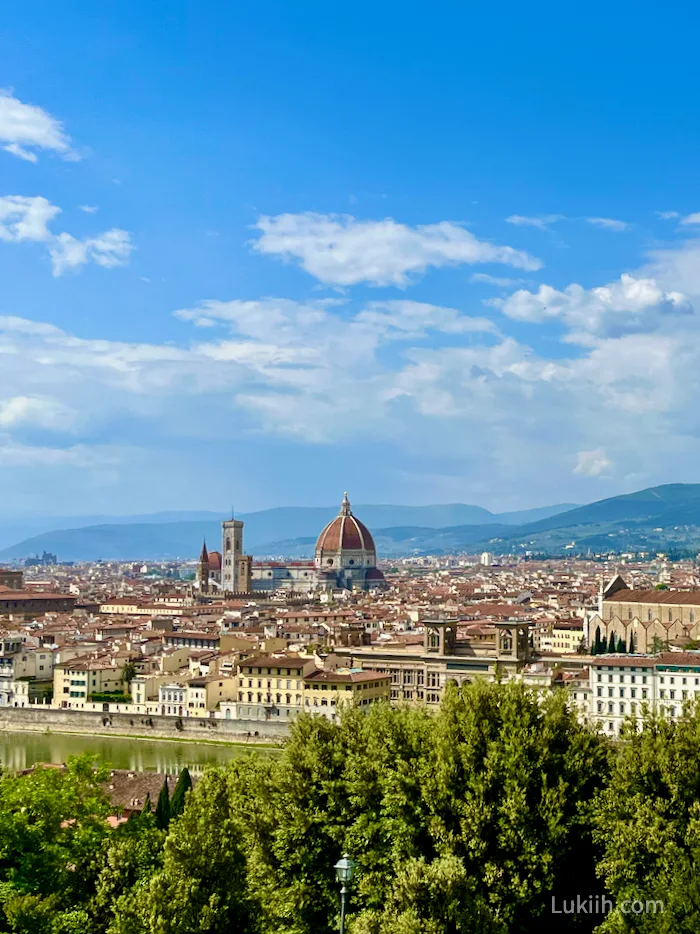
- Milan – one of Italy’s big cities, known as the premier fashion capital of the world. It’s home to one of the world’s most famous artworks, Leonardo da Vinci’s The Last Supper, and the iconic Milan Cathedral (Duomo di Milano).
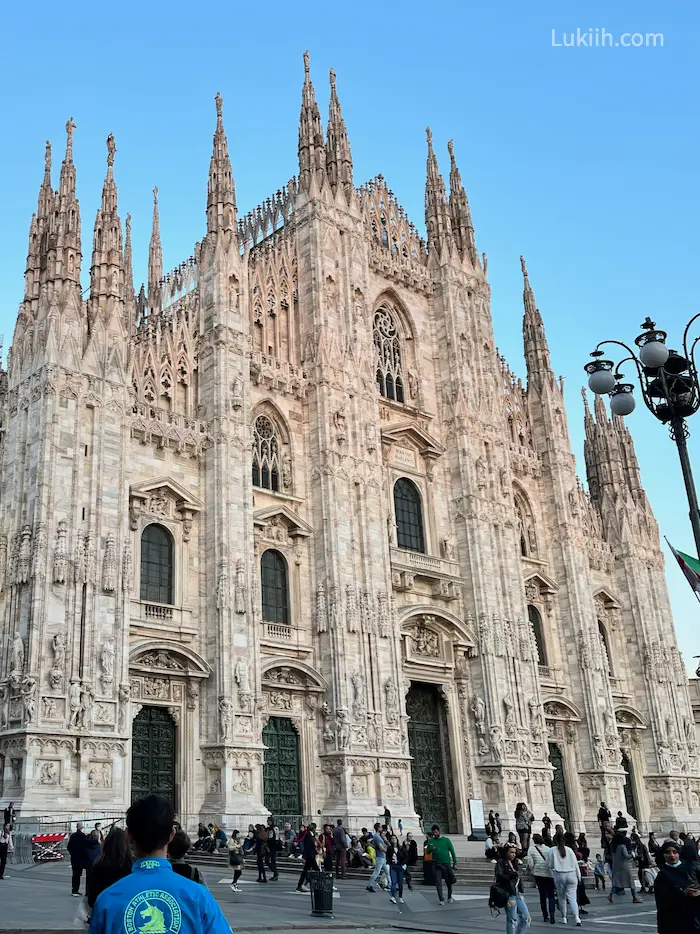
- Almafi Coast – one of the most famous regions in southern Italy with stunning coastal views, colorful cliffside villages, and luxury getaways.
- Cinque Terre – a UNESCO World Heritage Site comprised of five picturesque villages perched on dramatic mountain cliffs. It’s sometimes known as the cheaper version of the Almafi Coast.
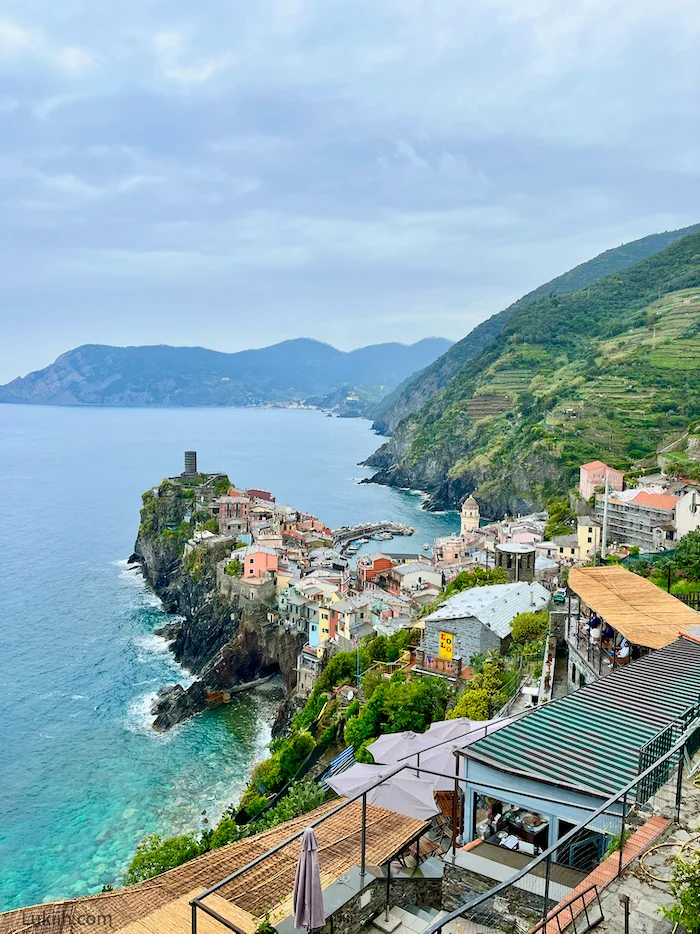
- Lake Como – Italy’s most popular lakeshore and its main sights are the scenic towns and villages surrounding it. Varenna and Bellagio are two of the most well-known towns.
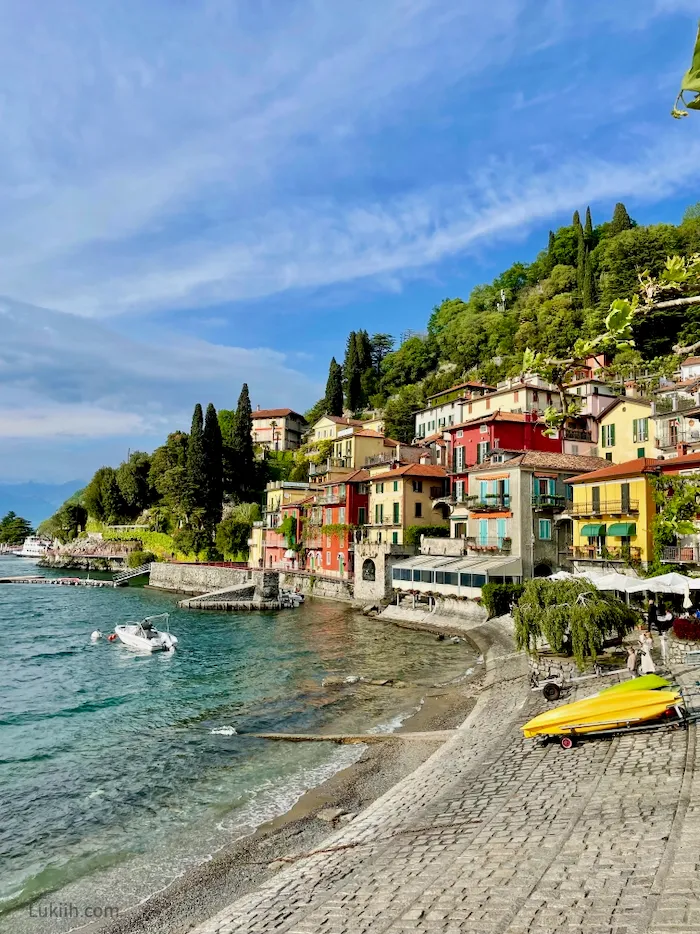
I visited almost all the places above and here are my honest opinions:
- Rome – Rome was one of my favorite cities because it has the most things to do, so you can stay there for a while without getting bored. Seeing all the famous attractions I’ve read about was very cool.
- Venice – With its many canals, Venice was the most unique city I visited in Italy. I enjoyed the iconic gondola ride more than I expected.
- Florence – A charming place that can be visited in two or three days. It’s more contained than I expected, but I know people who can spend weeks there.
- Milan – I recommend Milan for shopping enthusiasts, but I otherwise wouldn’t stay very long there. The other cities are much more impressive in my opinion.
- Cinque Terre – Hiking through the village of Cinque Terre was the best experience of my trip because of the breathtaking views and natural landscape. It’s simply a beautiful place.
- Lake Como – Lake Como is a fun day trip from Milan. In retrospect, I could have probably stayed there for two days since I found all the villages in the short picturesque and unique, but the boat rides across the lakes were sometimes tough.
My Italy trip planner has firsthand tips for each destination.
When To Visit
- Spring season (March-June) – one of the best times to visit Italy due to its pleasant, cool temperatures. The country will be very lush and pretty. It’s part of the shoulder season so there will be fewer crowds.
- Fall season (September-October) – another shoulder season that’s a popular time to visit. The weather is still pleasant and cool. There’s an increase in rainfall in the later months, but you’ll still get sunny days in between.
Summer (July to August) is the peak season where you’ll experience warmer temperatures but huge crowds.
I visited Italy in May and experienced a mix of cool, sunny weather with intermittent rain showers that didn’t alter my plans. I wore everything from a puff jacket to T-shirts during my two-week trip.
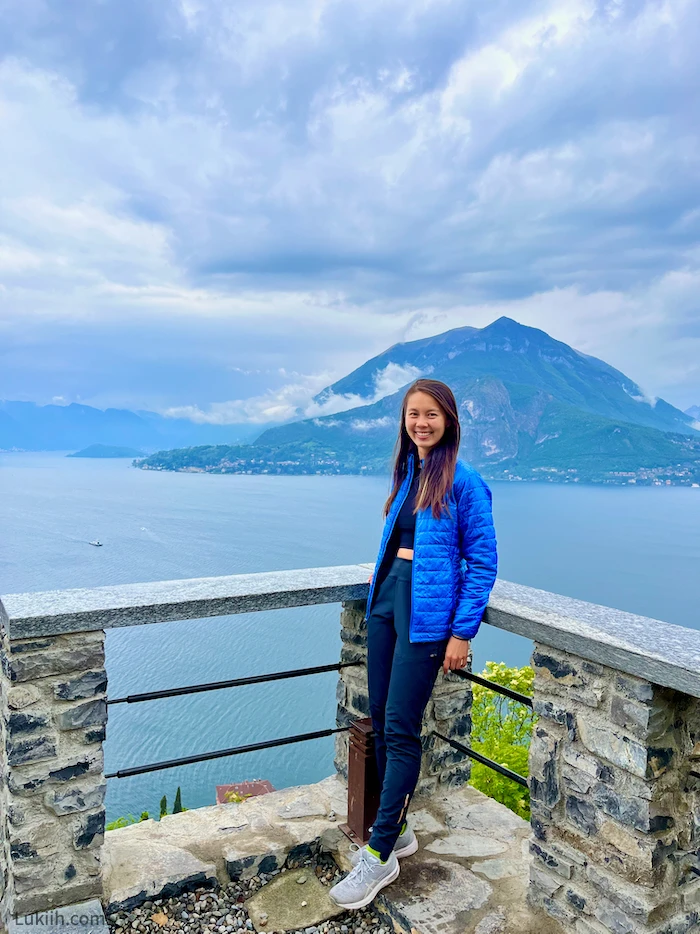
How Long To Visit
- 1 week – enough time to visit some cities and their highlights. Rome, Florence, and Venice are typically good cities to see on your first trip.
- 2 weeks – enough time to visit two of the three regions in Italy. You’ll have to pick between the northern, central, and southern parts to not feel rushed.
- 3 weeks – enough time to see the northern, central, and southern parts of Italy, so you’ll see its diverse landscapes (e.g., modern cities like Milan, historic cities like Florence, lakeshores like Lake Como, and coastal areas like Almafi Coast).
I was in Italy for a bit over 2 weeks. I visited eight areas in the northern and central regions. I could have visited at least one area in the southern region, but I would have had to move faster and skipped more local experiences like the Rose Garden in Florence.
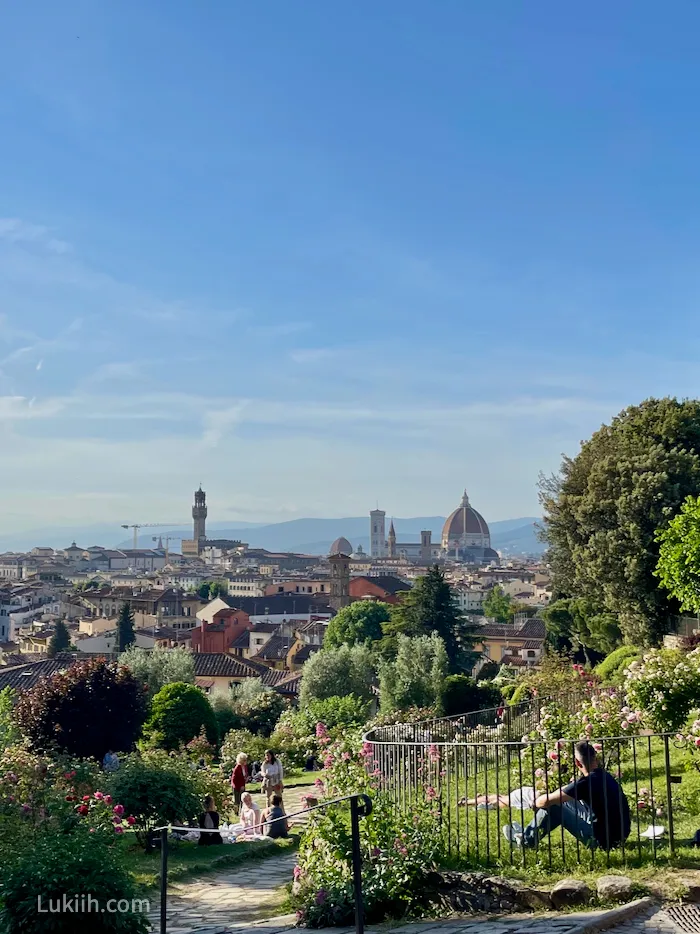
🇮🇹 Planning A Trip to Italy: 12 Practical Things To Know
Entry Requirements
- currently not required for US citizens visiting Italy for up to 90 days. Visitors must apply for an ETIAS travel authorization starting in the latter half of 2025.
- currently, there’s no tourist card or visa fee. But once ETIAS is implemented, the application fee will be €7.
Entering Italy was straightforward for me as a US citizen. I didn’t have to apply for a visa or pay an entry fee.
💰 Logistics
Money
- Many places in Italy accept credit cards, but not all. There will be a few instances where you’ll need cash for smaller towns and businesses.
- The euro is the country’s official currency. USD is rarely accepted in Italy.
💰 My Italy Trip Cost: Budget Breakdown (2025)
Getting Around
- Italy has several international airports. The biggest and most commonly used ones are:
- Leonardo da Vinci Fiumicino Airport (FCO) in Rome
- Malpensa Airport (MXP) in Milan
- Marco Polo Airport (VCE) in Venice
- For long distances, the best way to get around in Italy is to take their well-maintained train system primarily operated by Trenitalia. It conveniently gets you to many places around the country. You can also take domestic flights for longer distances. For short distances, you can rely on Uber (available in most major cities), taxis, and public buses. Many places are also pedestrian-friendly.
I took all the transportation above and here are some of my observations:
- Domestic flights – Unless you’re traveling from the northern to the southern region or vice versa, domestic flights are typically not worth it because the trains are so efficient. A flight will not be meaningfully more convenient.
- Uber and ferry – The only place where I had trouble getting an Uber was around Lake Como. It’s best to travel by ferry in that area.
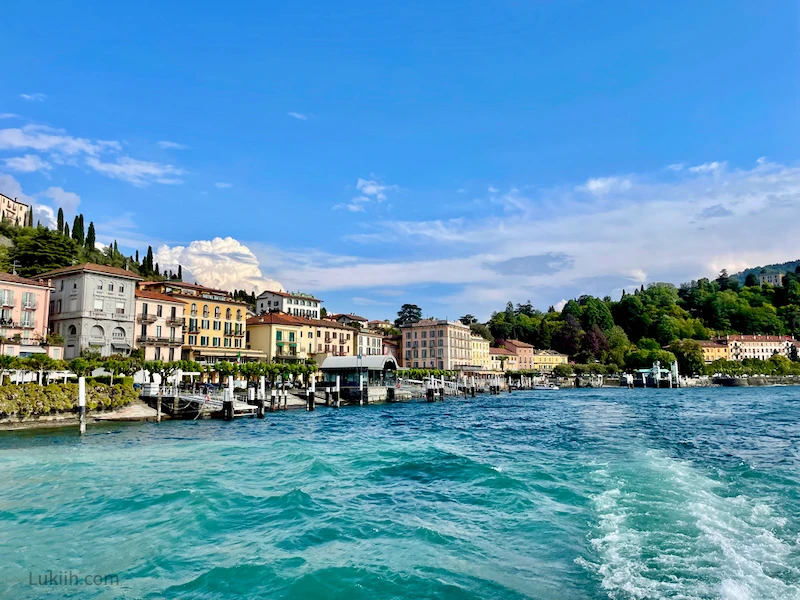
💊 Safety
Health
- safe to drink and you’ll see that cities have numerous water fountains available everywhere.
- some disease-carrying mosquitoes, especially during the summer months, so protect yourself as best as you can.
I didn’t have any health-related problems in Italy. The tap water was not only safe but cold and refreshing during a warm day. Decorative fountains and fountains with the sign “acqua non potabile” have water that is not safe to drink. I sometimes couldn’t tell if a fountain was a drinking fountain, so as a general rule of thumb, I would look to see if any locals were using it and then follow suit.
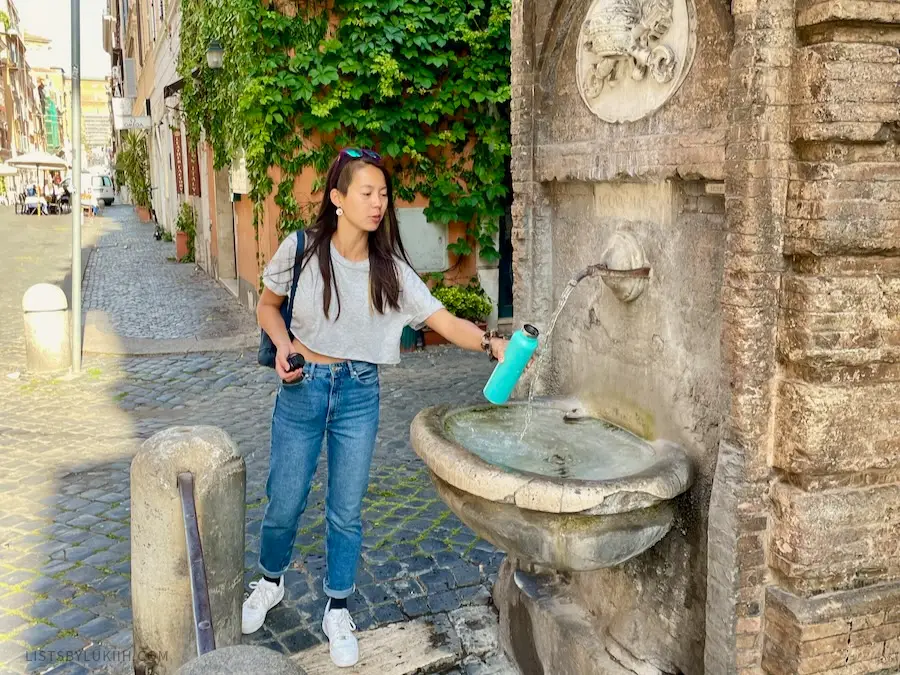
Crime
- Italy is generally considered a safe country to visit.
- The country has a travel advisory level of 2 per the US government.
- It’s ranked #33 out of 163 safest countries by the Global Peace Index (for reference, the US is ranked #132).
- Some typical scams to watch out for include:
- The overpriced or unlicensed tours scam – book with a reputable platform like Viator, which is what I use
- The rose or bracelet scam – proactively refuse to take a rose or bracelet if someone offers it to you
- The fake painting scam – carefully observe if the painting looks real and if the artist has a consistent style).
Italy is where I experienced the highest number of scammers, so be alert and skeptical of people approaching you.
- Milan – When I was leaving my hotel unit, a man said he was locked out of his and asked for money to help him get a locksmith. Another scammer managed to put a bracelet on me and when I refused to pay, he became irritated and walked away.
- Rome – Several scammers tried to hand my travel companion and me a rose. We also saw many scammers pretending to sell genuine paintings that were just printed copies.
- Venice – Many locals were walking around the popular St. Mark’s Square trying to sell unofficial tour guides and it was unclear to me whether they were legitimate
🌍 Culture
Language l Food l What To Wear
Language
- Italian
- about 40% of locals know some basic English
Italy is only English-friendly in tourist areas, but even then, it’s not as English-friendly as I expected. Smaller cities, like Modena and Parma, had several restaurants where the staff didn’t speak any English, so I used Google Translate and images to get by. I still ended up ordering the wrong food item sometimes.
Food
- Italy doesn’t have a national dish, but pasta is considered its signature food. Each region is known for different pasta dishes, but Ragù alla Bolognese (Tagliatelle al Ragù), a rich, slow-cooked meat sauce traditionally served with tagliatelle pasta, represents Italy well.
- gelato (no trip to Italy is considered complete without eating some), prosciutto and mozzarella (both originated in Italy and you can eat them as snacks, in sandwiches, or other dishes), and wine (Italy is a wine-producing leader, and many regions are known to produce their local wine; ask for the house wine at restaurants to try local wine).
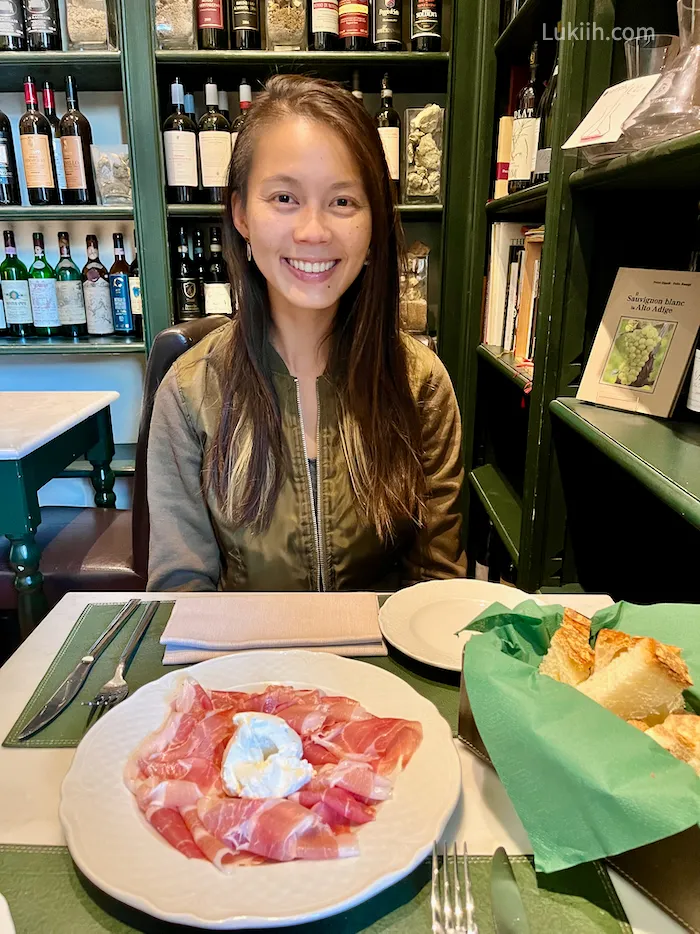
Italy is widely well-regarded for its food and I can now see why. Here are some of my observations while eating throughout the country:
- Gelato – Gelato and ice cream might be similar in some countries, but gelato is better tasting and silkier in Italy. I almost ate one gelato per day. One tip I learned is that pistachio gelato is divine, but I avoid ones that are too green.
- Pasta – Make sure to know which pasta each place specializes in to optimize your pasta experience. For example, Rome is known for “Cacio e Pepe”, Florence is known for “Pappardelle al Cinghiale” and Amalfi Coast is known for “Scialataielli ai Frutti di Mare”.
- Coffee – It’s an Italian tradition to wake up to cappuccino in the morning and have a strong expresso after meals. Coffee in Italy is very affordable compared to a cup in the US.
- Wine – One of my best wine discoveries was Lambrusco, a sparkling red wine that is primarily served in the central region of Italy.
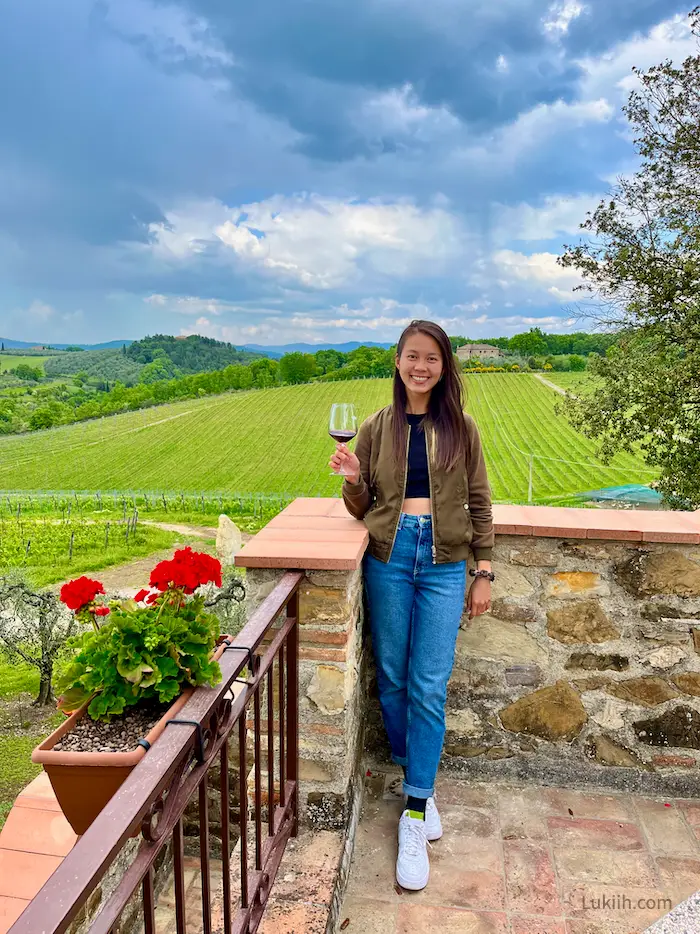
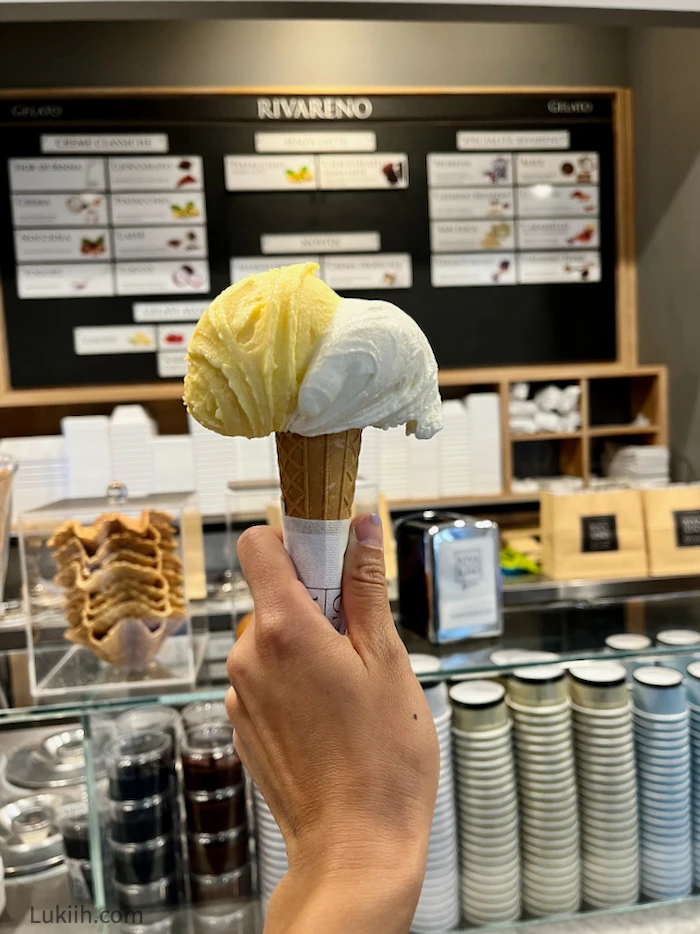
What To Wear
- What to wear – Appropriate clothes vary by region and session, but my main tip is to avoid athleisure if you want to look less like a tourist.
- How locals dress – Italians tend to dress stylishly, especially in big cities. They favor well-fitted, classic, and elegant pieces over casual or athleisure.
I sometimes felt undressed, especially in places like Milan which is known for fashion. I even asked a local what they thought of my outfit once, and they candidly said it was “strange” because I was wearing athleisure but I wasn’t at the gym.
A comprehensive packing list is included in my Italy trip planner.
💡 Miscellaneous Tips
Other practical observations I made during my trip:
- Make dinner reservations – One of the most important things I learned in Italy is that there’s always a long wait for good restaurants in big cities (e.g., Milan, Florence). Make sure to make restaurant reservations or you might have to wait for hours or eat at a touristy restaurant with higher prices.
- Haggling is not that common – Bargaining is not as common as you would expect from a tourist country with many markets. When you go shopping, prices are generally fixed.
- Lines are less orderly – Compared to lines found in America and especially in Asia, lines can be chaotic. Don’t be surprised if you need to jostle a bit to keep your place in line. I experienced this the most in Cinque Terre where I almost missed a bus because people kept cutting in front of me.
Italy Trip Planner 2024
To make your travel preparation easier, download the trip planner below. It has destination-specific travel information, itinerary, map, and packing list.
My trip planners are built on Notion, which I use for all my travel planning. I genuinely love this tool and creating an account is free.
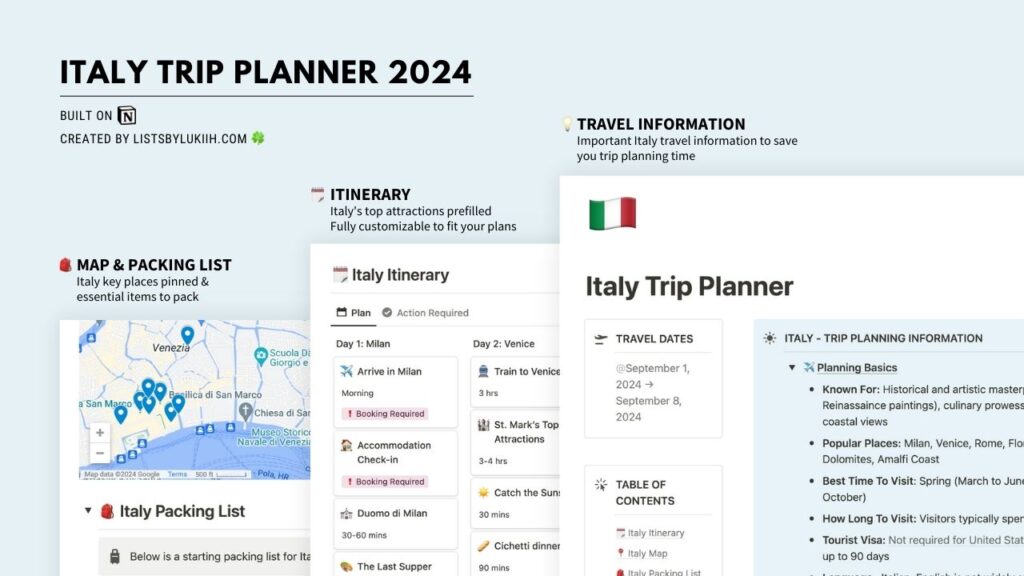
Italy Travel Guides
- 🇮🇹 Planning A Trip to Italy: 12 Practical Things To Know
- 🍝 7-10 Days in Northern Italy: 2 Efficient Itineraries
- 💰 My Italy Trip Cost: Budget Breakdown (2025)
- 🎭 Venice Day Trip: 8 Great Things To Do + 1-Day Itinerary
- 👨🎨 3 Amazing Days in Florence: Itinerary With Hidden Gems
- ⛰️ Hiking Cinque Terre: My Honest Review & Tips
- 🌷 Lake Como Day Trip: My Honest Review & Tips
- 🚣♂️ Gondola Ride in Venice: My Honest Review & Tips
- 🧀 Parma Day Trip (Italy): My Honest Review & Tips
